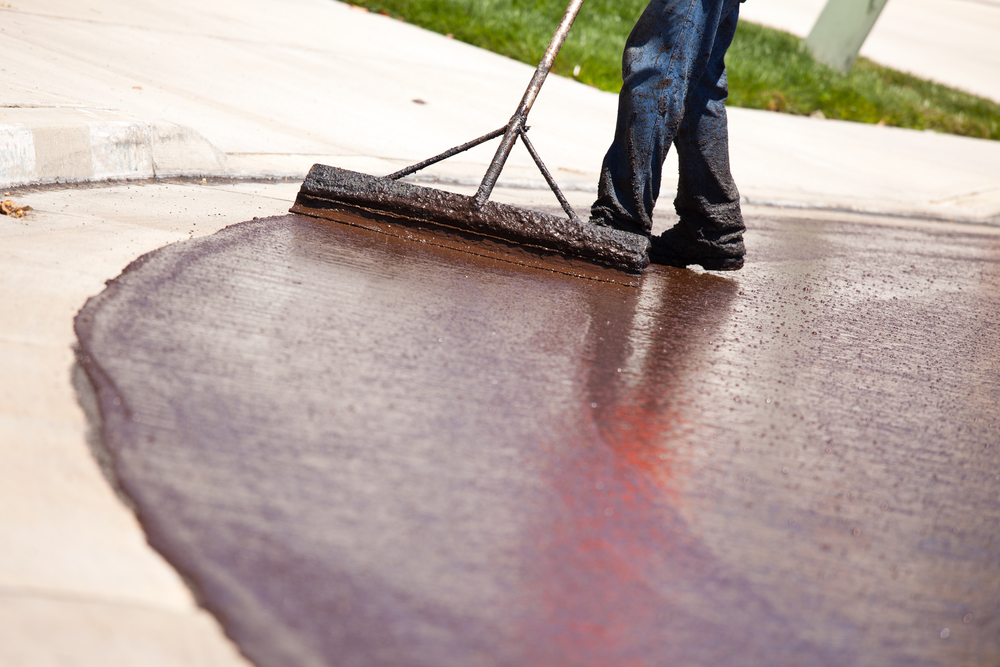When you’re looking at asphalt repair, the pros at Go Pave Utah are here to help. We’ll work with you every step of the way to evaluate your current situation, plus get you the most practical and cost-effective asphalt solutions for your business or space.
For those who haven’t been through it before, the process of asphalt repair comes with a few basic steps to follow. Let’s go over these simple steps and a few tips we can offer within each as we work toward a fantastic completed project.
Step 1: Evaluate Current Space
The first step in the process is taking the time to evaluate your current space. If you have previous asphalt in place, you’re looking for any of the following signs of damage:
- Potholes
- Oil stains
- Cracks larger than a quarter of an inch
- Heaving
- Faded paint
In addition, consider any major sloping or landscaping changes that may have taken place since original paving was done.
Step 2: Assess Options
There are several different methods of asphalt repair out there, and we can help you with each of them. Here are some of the most common:
- Crack filling: You may think small cracks in your pavement aren’t really a big deal, and you might even be right for the time being, but that can change in a hurry. Cracks aren’t going to get smaller over time – they’re only going to get larger, and you risk this with each passing day you don’t fill any crack larger than a quarter of an inch. Over long enough periods of time, they may even become full-on potholes.
- Milling: In some cases, particularly in areas where asphalt receives a heavy pounding on its surface, the underlying base of the paving is in great shape while the top layer is damaged. In this situation, milling is the best option – it removes the top layer and leaves the base, which saves you costs.
- Sealcoating: If you want to improve the appearance of asphalt while also protecting it from elements like oil, water, fuel and weather, sealcoating is a good idea. It leaves the pavement looking darker and cleaner, plus provides a protective layer.
- Patching: If you have potholes, patching is the process of filling them.
- Overlay: Overlay is essentially a large patching job over a big area of asphalt.
- New installation: In certain cases, a fully new installation is the way to go.
Step 3: Choose Asphalt Type
Some types of asphalt to consider:
- Cold mix: Best for filling potholes in cold temperatures, cold asphalt stays soft no matter the temperature. It also repels water, helping it fill larger holes.
- Porous: This is asphalt with tiny holes in the material, which manage stormwater in a healthy way for the environment. It’s the EPA’s preferred paving method.
- Hot mix: This is a heated asphalt mixed poured at temperatures between 300 and 350 degrees Fahrenheit. This is the most common type out there.
Step 4: Budgeting and Quote
In general, we recommend business owners in charge of parking or other lots should budget for a repair or restoration process every decade or so. You can decrease the amount you need to budget here through regular maintenance. Once you’ve gone over all the details above, we can work with you to get you a precise quote on your project and get started.
For more on the steps of asphalt repair, or to learn about any of our asphalt services, speak to the pros at Go Pave Utah today.
